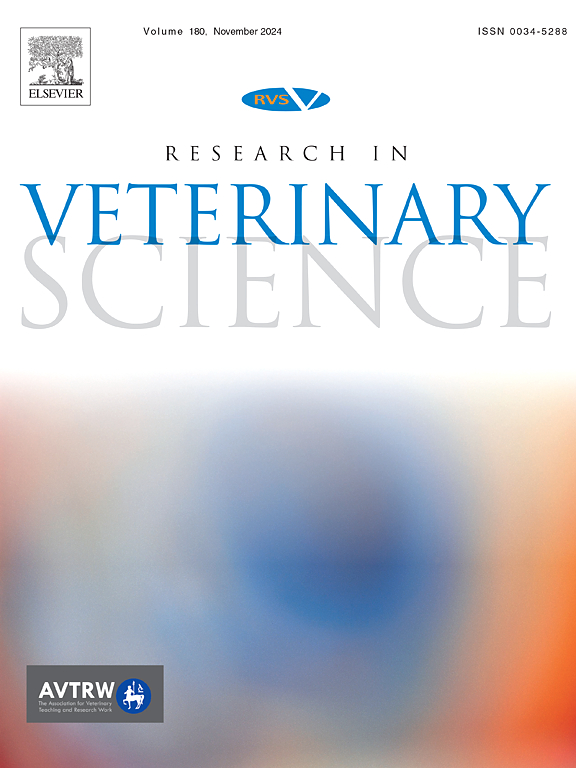兽医试验需要多少受试者才足够?
IF 2.2
3区 农林科学
Q1 VETERINARY SCIENCES
引用次数: 0
摘要
本文章由计算机程序翻译,如有差异,请以英文原文为准。
How many subjects are enough in a veterinary trial?—Literature review and insights from industrial statisticians
To approve veterinary medicines, regulatory agencies require substantial evidence of safety and effectiveness from well-designed trials. A critical consideration in planning a veterinary trial is to determine the requisite number of subjects needed to achieve the trial objective(s). Sample sizes for preclinical studies usually follow specific guidelines, whereas clinical studies should follow more rigorous requirements to determine the optimal sample size for detecting significant and meaningful treatment effects. This paper presents a descriptive literature review aiming to explore current reported practices in sample size calculation for published veterinary clinical trials. The review included articles published in 12 top-ranking veterinary health journals from January 1, 2013, to June 4, 2023, sourced from PubMed and Medline regarding animal trials. Initially, 294 articles were identified, of which 98 (33 %) focused on veterinary clinical studies. Among these 98 papers, only 24 (24 %) provided detailed methods on sample size calculations, with individual animals as experimental units across at least two arms. The predominant animal species studied in these trials were canines (39 %), cattle (32 %), and swine (21 %), with most studies aiming for a statistical power of at least 80 %. Unlike human clinical trials, the paper found that statistically rigorous sample size calculations were less commonly reported in animal clinical trials. Our paper provides recommendations for veterinary clinical trial practitioners and offers insights into how sample size determination can be properly conducted and reported. Furthermore, this article extends to discuss practical issues in sample size determination for preclinical studies.
求助全文
通过发布文献求助,成功后即可免费获取论文全文。
去求助
来源期刊

Research in veterinary science
农林科学-兽医学
CiteScore
4.40
自引率
4.20%
发文量
312
审稿时长
75 days
期刊介绍:
Research in Veterinary Science is an International multi-disciplinary journal publishing original articles, reviews and short communications of a high scientific and ethical standard in all aspects of veterinary and biomedical research.
The primary aim of the journal is to inform veterinary and biomedical scientists of significant advances in veterinary and related research through prompt publication and dissemination. Secondly, the journal aims to provide a general multi-disciplinary forum for discussion and debate of news and issues concerning veterinary science. Thirdly, to promote the dissemination of knowledge to a broader range of professions, globally.
High quality papers on all species of animals are considered, particularly those considered to be of high scientific importance and originality, and with interdisciplinary interest. The journal encourages papers providing results that have clear implications for understanding disease pathogenesis and for the development of control measures or treatments, as well as those dealing with a comparative biomedical approach, which represents a substantial improvement to animal and human health.
Studies without a robust scientific hypothesis or that are preliminary, or of weak originality, as well as negative results, are not appropriate for the journal. Furthermore, observational approaches, case studies or field reports lacking an advancement in general knowledge do not fall within the scope of the journal.
 求助内容:
求助内容: 应助结果提醒方式:
应助结果提醒方式:


